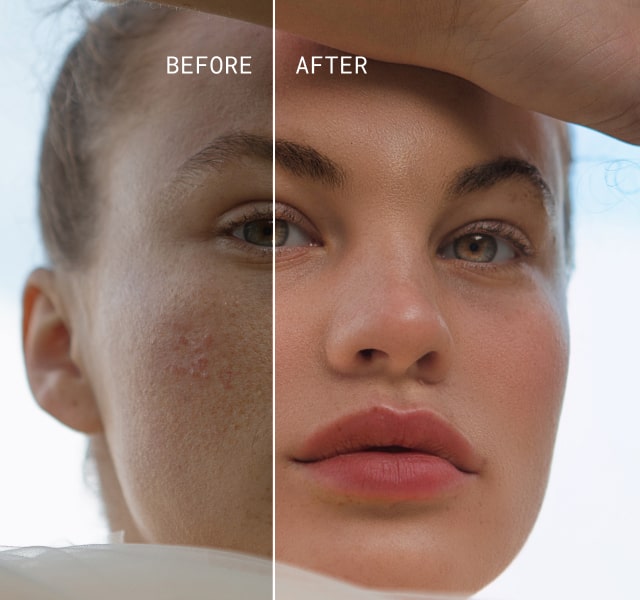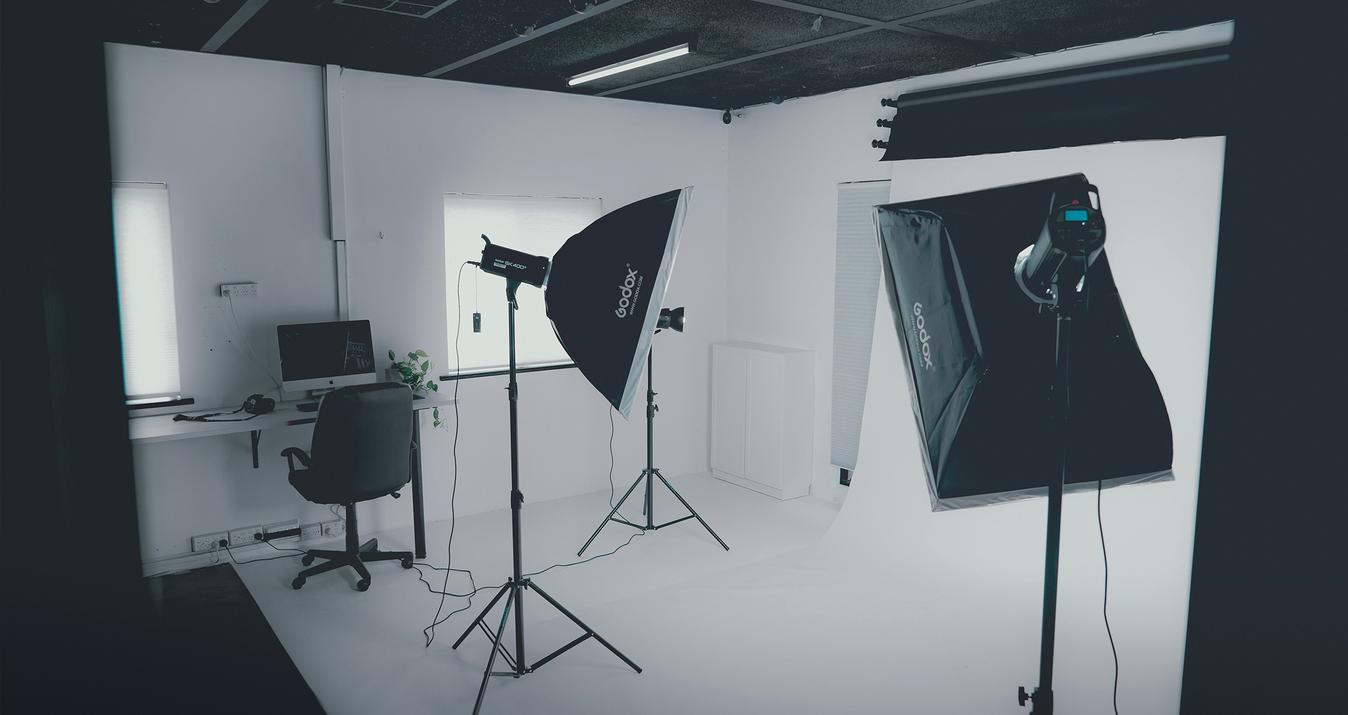How to Set Your Portrait Photography Pricing: Session Fees to Prints
November 06, 2024

Struggling to price your portrait photography? Learn the secrets to setting rates that reflect your talent and attract clients! From session fees to print pricing, this guide covers everything you need to build a profitable photography business with confidence.
One of the most challenging tasks in a photography business is setting your pricing. Offering a service, rather than a product, means you also need to factor in the value of your time. But…
Where do you even begin when deciding how to price that?
Your level of skill and experience can raise your price, but how do you measure that?
Should you charge an hourly rate or go with a flat fee?
And are there other ways to earn extra money on top of the shoot itself?
Every photographer starting their business faces these questions, often staring at a blank sheet of paper with all these concerns swirling in their minds. If you're in the same boat, you're not alone—we’ve all been there. That’s why we’ve put together this guide to help make those decisions a little clearer, so let’s get started.
Understanding Costs
 The first step in setting your pricing is understanding your costs, so you have a solid foundation to build upon. For now, let’s set aside the cost of your time and focus on the other factors you need to consider.
The first step in setting your pricing is understanding your costs, so you have a solid foundation to build upon. For now, let’s set aside the cost of your time and focus on the other factors you need to consider.
Fixed Costs
Do you have any fixed costs to cover for your shoot? These are things like studio rental fees, equipment maintenance, and general business expenses. Your client’s fee should cover these costs. Whether you charge an hourly rate or a flat fee, these expenses need to be accounted for in your pricing.
Relatively speaking, fixed costs are the easiest to calculate, and you can clearly communicate them to your client when breaking down their fee. Additionally, don’t forget to account for your basic business operating costs such as software subscriptions, insurance, and website hosting. Calculate your monthly expenses for these aspects of your business and spread their cost across your expected bookings each month.
Variable Costs
Variable costs, on the other hand, can change with each shoot. If you’re travelling to different locations, include a travel fee in your cost such as fuel for your car or public transportation expenses. Some shoots may require hair and make-up artists, props, or even specific outfits, which can vary depending on the shoot and personnel involved. Anything that fluctuates from one shoot to the next is considered a variable cost and should be factored into your pricing once the shoot is planned.
Remember that Cost Calculation is a Must
To avoid surprises, it’s essential to carefully calculate both your fixed and variable costs into your overall fee. Clients don’t want unexpected charges after the initial invoice, so making sure everything is accounted for in the initial pricing will build trust and ensure you’re not short-changing yourself.
Checklist of Costs to Consider

Fixed Costs (These costs are consistent for every shoot and should be included in your base rate.) | Variable Costs (These costs will differ depending on the nature of the shoot.) |
|
|
These costs form the foundation of your pricing. Once you’ve accounted for them, it’s time to move on to the most challenging aspect of pricing: determining your hourly rate.
*Estimating these prices will be discussed later in this article.
How to Price Your Time

Pricing your time is the most important factor in setting your overall fees because it’s where the bulk of your profits are made. However, many photographers struggle with getting this price right. Some may feel hesitant about setting a high rate, unsure if they’re worth that fee, while others may price their time too low in an attempt to stay competitive. Either approach can be problematic, but with these tips, you’ll have a clearer sense of how to price your time effectively.
1. Profit Margin
A great starting point for calculating your hourly rate is to add a percentage on top of your costs (as discussed in the previous section). Consider starting with a 20-30% profit margin on top of your expenses. This method allows you to easily track your fee structure and makes it simpler to raise your prices in the future; incremental increases of 10% or more can be applied as you grow your business.
2. Experience and Expertise
If you have a great deal of experience or have carved out a specialist niche that no one else in your area provides, you can justify setting a higher profit margin. When you’re in demand, clients recognise your unique value, and you can command higher fees. In such cases, you deserve to price your services higher. The more in-demand you are, the more selective you can be with your clients, this allows you to charge premium rates, work less, and still enjoy healthy profits.
3. Competitive Pricing
Research other photographers in your area to get a sense of their rates, considering their experience and demand. Competitive pricing is key, but remember that extremely low prices can deter clients just as much as overly high ones. If your rates are too low, clients might question the quality of your work. On the other hand, if they’re too high, potential customers may look elsewhere. Striking the right balance is crucial.
4. Hourly Rate Guidelines
Here’s a broad example of average hourly rates, though these can vary by country:
Beginner/Intermediate Photographers: $50–$100 per hour. This is a reasonable starting point for photographers who are building their portfolios.
Mid-Level Photographers: $100–$250 per hour. With a solid portfolio and a growing client base, this rate reflects your experience and the quality of your work. Clients are likely to see the value in investing in your services at this stage.
High-Level Photographers: $250+ per hour. Once your services are in high demand and you’ve established a strong reputation, you can begin to charge premium rates. Many top photographers only take on a few high-paying jobs per year, allowing them to work less while maintaining their profits.
5. How to Know You’re Priced Right
When setting your pricing, ask yourself: Does this rate feel right? Can you confidently walk out the door knowing you’re being fairly compensated for your time and effort? After a few shoots, you’ll start to get a sense of whether your pricing is accurate.
From personal experience, I knew I hadn’t priced myself high enough when I became overscheduled with shoots and felt like I was neglecting other areas of my business. Raising my prices allowed me to reduce the number of shoots I took on, manage my workload more effectively, and maintain a healthier balance between work and income.
If you’re not getting calls for work, your pricing may be too high, or your marketing strategy might need adjusting. Once you’ve exhausted all options for attracting clients, consider running promotions or adjusting your hourly rate to bring in more business.
By considering these factors and calculating a fair rate for your time, you’ll set yourself up for success while avoiding burnout. Remember, pricing is not static—adjust it as you grow, gain experience, and demand for your services increases.
Enter your email below and get it instantly!
We hope you’ll love the portrait references and find them super useful. Get inspired, snap your shots, and let Aperty help you bring your vision to life. We’re so excited to see what you’ll create!
Your Fully Illustrated Portrait Guide —Free!
Check your email—the guide is all yours!

Editing Fees
Photographers typically charge lower fees for editing compared to their hourly shooting rate, but it remains an important part of the overall pricing. When setting an editing fee, it’s essential to distinguish between standard editing (such as basic colour correction and exposure adjustments) and more advanced retouching (such as complex skin retouching or background alterations). These details should be discussed with the client in advance, allowing you to assess the scope of the work and estimate how many hours it will take to complete.
Find out more: Creative Portrait Editing: Fresh Ideas For Your Shots
Pricing Prints
 Once the shoot is complete and digital files have been delivered, offering prints is a great way to generate additional profit. Prints not only add value to your service, but they can also set you apart from other photographers in your area.
Once the shoot is complete and digital files have been delivered, offering prints is a great way to generate additional profit. Prints not only add value to your service, but they can also set you apart from other photographers in your area.
Marking Up Prints
When pricing your prints, you’ll determine your markup by adding a percentage on top of the fixed costs for paper and printing. It’s important to ensure your prices are competitive while still allowing for a healthy profit margin. Clients appreciate the convenience of having their digital images paired with high-quality prints, and they’re often willing to pay extra for this service.
Offering Print Packages
Creating multiple print packages at different price points can appeal to a range of clients. Vary the sizes and quantities of prints included to offer more flexibility, and ensure that each package provides value at its price point.
Here are some ideas for package offerings:
Basic Package | Digital images only |
Basic Print Package | Digital images + one small print (5x7 or 8x10) |
Mid-Tier Package | Digital images + one mid-sized print (11x14) |
Premium Package | Digital images + one large, gallery-quality print (16x20) |
Discounts and Add-Ons
To encourage clients to purchase more, offer discounts on multiple print orders. For example, they could save 10% when purchasing three or more prints. Additionally, include optional add-ons like framing services, which further increase the convenience for the client and boost your profits.
Presentation Matters
This is also a chance to impress your clients and potentially gain more business. Deliver your prints with superb presentation, packaging them beautifully or including personal touches that encourage clients to share their experience on social media. A satisfied client who posts their prints online can be a fantastic marketing tool, showcasing your work to a wider audience.
The Bottom Line
Setting the right price for your photography services can be challenging, but once you’ve broken down your fixed and variable costs, the process becomes more manageable. Whether you choose to set a fixed price based on your experience and niche or calculate a profit margin on top of your costs, the key is to ensure you’re not undervaluing yourself. It’s common for beginners to feel uneasy about charging for their services, but over time, as your portfolio grows, you’ll become more confident in your pricing and can gradually increase your rates.
If you’re not booking clients, pricing may not be the issue as your marketing might not be reaching the right audience. Compare your prices with other photographers in your area, considering their experience and portfolio size, to ensure you’re competitive. Finding the right balance will take some tweaking, but eventually, you’ll strike that perfect balance between profit and value, and the clients will start coming in. Good luck!



